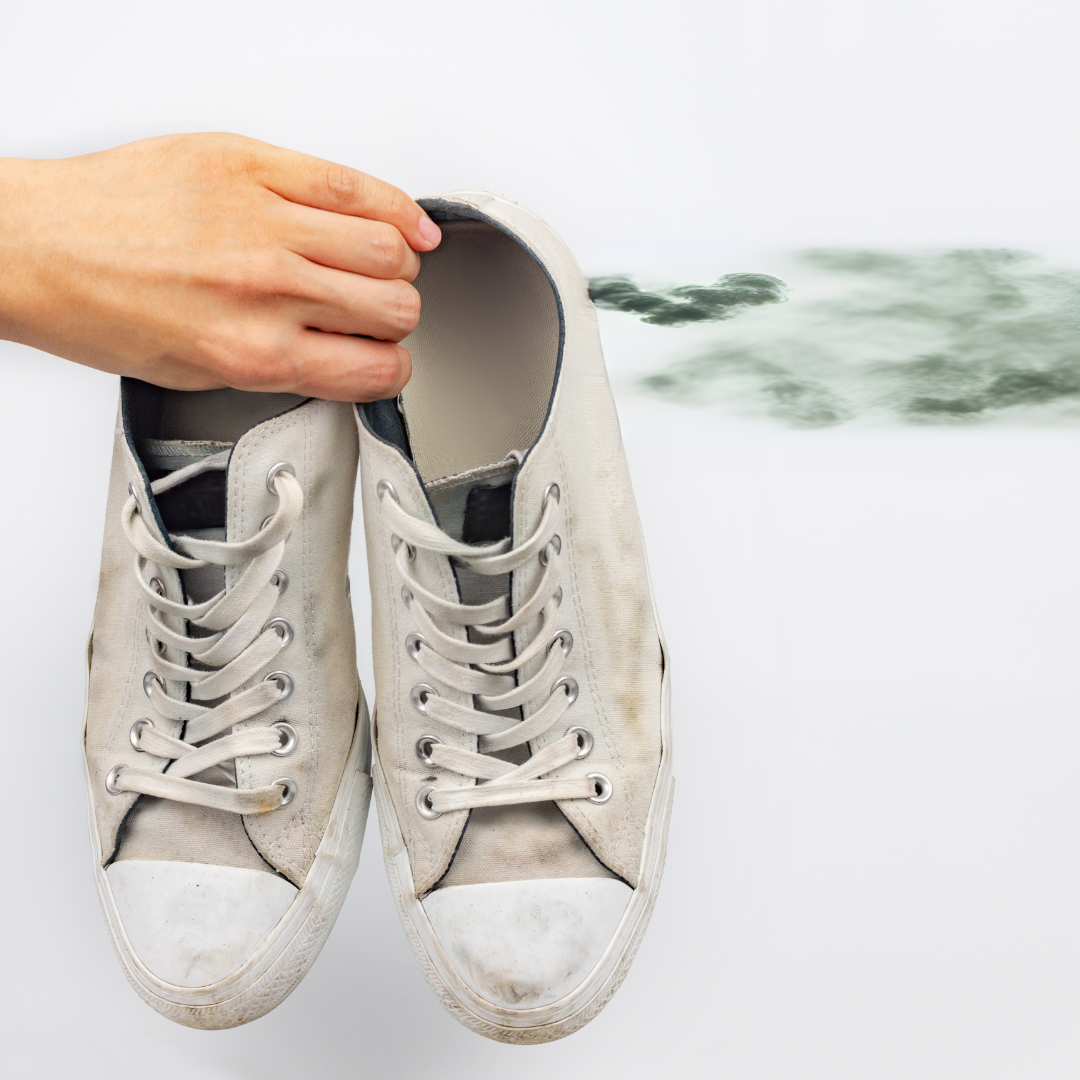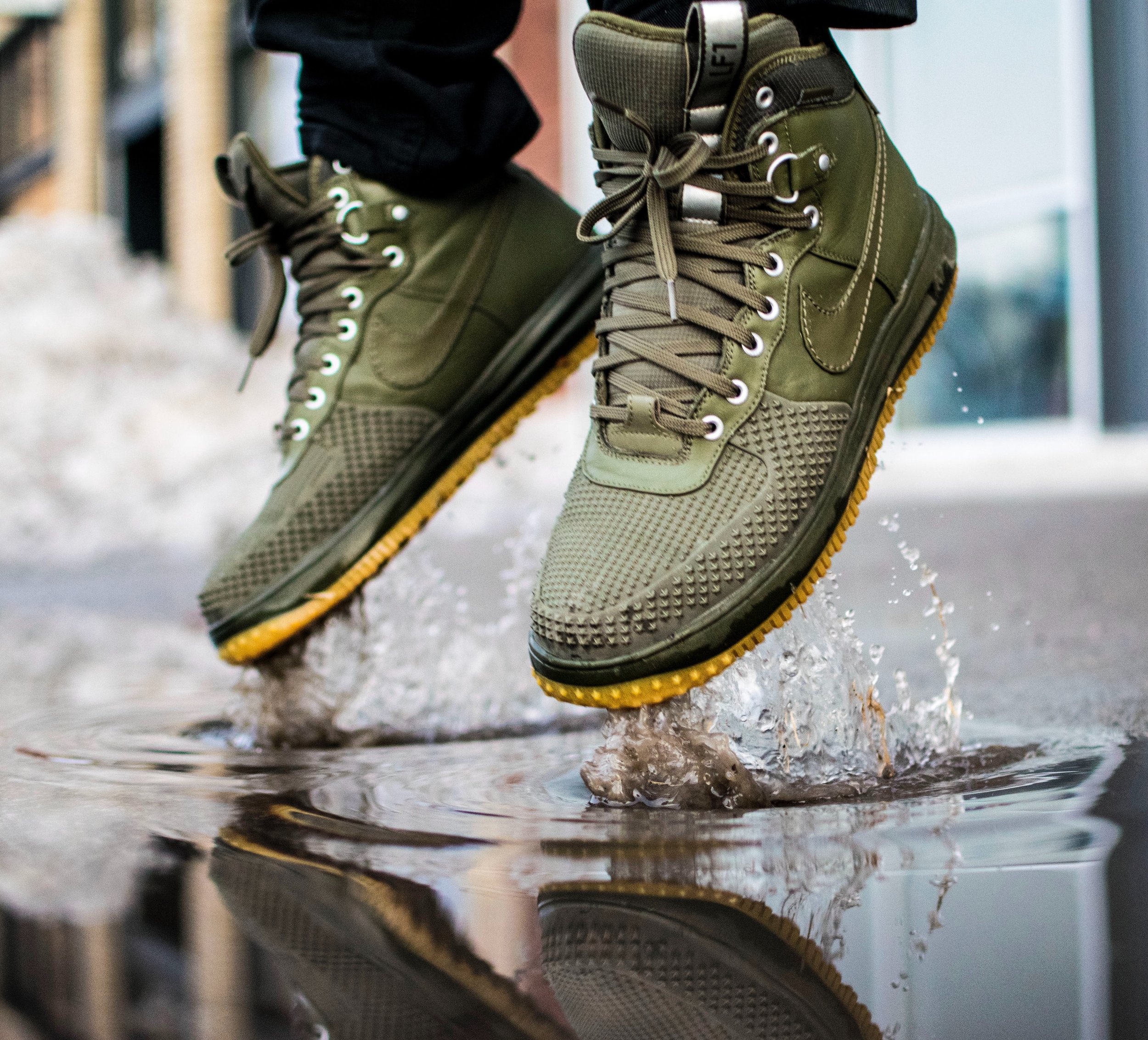The Benefits of Going Barefoot: Why Barefoot Shoes Are the Ultimate Choice for Your Feet
Check out these lists of barefoot shoes
When we think of shoes, we often think of protection and comfort. However, modern shoes have become increasingly restrictive, limiting the natural movement of our feet. This is where the science behind going barefoot comes into play. Our feet are designed to be in contact with the ground, and by going barefoot or wearing barefoot shoes, we allow our feet to function as they were intended. In this blog, we will explore the benefits of going barefoot, the advantages of barefoot shoes over traditional footwear, and tips for transitioning to this healthier way of walking.
The science behind going barefoot
Our feet are marvels of engineering, equipped with 26 bones, 33 joints, and over 100 muscles, tendons, and ligaments. They are designed to provide support, balance, and mobility. However, modern footwear often restricts these natural functions. Shoes with thick soles, arch support, and tight toe boxes can limit the foot's ability to move and flex naturally, potentially leading to various foot problems over time.
Research has shown that going barefoot stimulates the nerves and muscles in our feet, which in turn improves circulation and promotes a healthier foot structure. When we walk or run barefoot, our feet naturally adjust to the terrain, activating a wide range of muscles and tendons that would otherwise remain dormant in traditional shoes. This increased muscle activity not only strengthens our feet and legs but also promotes better overall posture and alignment.
Benefits of going barefoot for foot health
Improved balance and proprioception
One of the key benefits of going barefoot or wearing barefoot shoes is the improvement in balance and proprioception. When we walk or run without shoes, our feet are more engaged with the ground, allowing our body to naturally adjust and respond to changes in terrain. This constant feedback improves our balance and proprioceptive abilities, reducing the risk of falls and improving overall stability.
Strengthening of foot muscles and arches
Another significant advantage of going barefoot is the strengthening of foot muscles and arches. Traditional shoes often provide excessive cushioning and arch support, which can lead to weakened foot muscles and flattened arches over time. By going barefoot or wearing minimal shoes, we allow our feet to move and function naturally, which in turn strengthens the muscles and tendons in our feet. This increased strength can help prevent foot conditions such as plantar fasciitis and improve overall foot stability.
Prevention of foot problems and injuries
Wearing traditional shoes can often lead to foot problems and injuries. The restrictive design of many shoes can cause issues such as bunions, corns, and calluses. By going barefoot or wearing barefoot shoes, we allow our feet to spread naturally, reducing the risk of these common foot problems. Additionally, the improved muscle strength and flexibility gained from going barefoot can help prevent injuries such as sprained ankles and stress fractures.
Barefoot shoes vs traditional shoes
The debate between barefoot shoes and traditional shoes has been ongoing for years. Traditional shoes provide cushioning, arch support, and protection, which can be beneficial for individuals with specific foot conditions or for those engaged in high-impact activities. However, barefoot shoes offer a more natural and unrestricted experience for our feet.
Barefoot shoes are designed to mimic the feeling of walking barefoot while providing some level of protection and support. They are typically lightweight, flexible, and have a thin sole that allows for maximum ground feel. Unlike traditional shoes, which often have a stiff and elevated heel, barefoot shoes promote a more natural stride by allowing our feet to move and flex as they would if we were barefoot.
While traditional shoes may offer immediate comfort and support, they can also weaken our foot muscles and alter our natural gait. Barefoot shoes, on the other hand, encourage foot strength and proper alignment, leading to improved posture and reduced risk of foot problems. They provide the benefits of going barefoot while still offering some level of protection from sharp objects and temperature variations.
How to transition to barefoot shoes
Transitioning from traditional shoes to barefoot shoes requires a gradual approach to allow our feet to adapt to the new experience. Here are some steps to help ease the transition:
Start by incorporating short periods of barefoot walking or wearing barefoot shoes into your daily routine. Begin with just a few minutes each day and gradually increase the duration over time.
Focus on developing proper walking and running techniques. Pay attention to your posture, foot strike, and stride length. This will help you optimize the benefits of going barefoot and prevent potential injuries.
Strengthen your foot muscles through exercises such as toe curls, calf raises, and barefoot balance exercises. These exercises will help prepare your feet for the increased load and demands of barefoot walking or running.
Gradually increase the intensity and duration of your barefoot activities. Start with walking, then progress to jogging or running. It's important to listen to your body and avoid overexertion during the transition process.
Remember, transitioning to barefoot shoes is a personal journey, and the timeline may vary for each individual. Be patient and allow your feet to adapt at their own pace. With time and consistency, you'll be able to fully enjoy the benefits of barefoot walking or running.
Top brands and styles of barefoot shoes
There are numerous brands and styles of barefoot shoes available on the market today. Here are some top brands known for their commitment to minimalist footwear:
Vivobarefoot: Vivobarefoot offers a wide range of barefoot shoes for various activities, including running, hiking, and everyday wear. Their shoes are known for their minimalist design, flexibility, and durability.
Xero Shoes: Xero Shoes specializes in lightweight, zero-drop shoes that provide a barefoot-like experience. Their shoes feature a thin sole and a wide toe box, allowing for natural foot movement.
Merrell: Merrell offers a collection of barefoot shoes that combine style and functionality. Their shoes are designed to provide the benefits of going barefoot while still offering protection and support.
Lems Shoes: Lems Shoes focuses on creating barefoot-inspired footwear that promotes foot health and comfort. Their shoes are known for their wide toe box and flexible soles.
When choosing barefoot shoes, it's important to consider factors such as fit, flexibility, and durability. Each individual has unique foot characteristics, so finding the right pair of barefoot shoes may require some trial and error. Consult with a knowledgeable salesperson or do thorough research to find the brand and style that best suits your needs and preferences.
Conclusion: Embracing the freedom and benefits of barefoot walking
In conclusion, the benefits of going barefoot or wearing barefoot shoes are numerous. From improved foot health to enhanced balance and stability, barefoot walking offers a natural and holistic approach to foot care. By allowing our feet to move and function as they were intended, we can strengthen our muscles, prevent foot problems, and improve our overall well-being.
Whether you're an athlete looking to optimize your performance or simply someone seeking greater comfort and foot freedom, barefoot shoes provide an excellent alternative to traditional footwear. Embrace the freedom of being barefoot and explore the wide range of barefoot shoe options available today.
Say goodbye to restrictive and uncomfortable shoes and say hello to the transformative benefits of going barefoot. Let your feet breathe, move, and live as they were intended to. Step into a world of foot freedom and experience the joy of walking barefoot or wearing barefoot shoes. Your feet will thank you.












